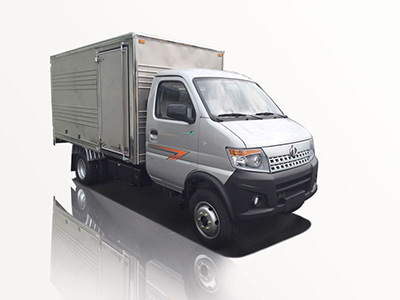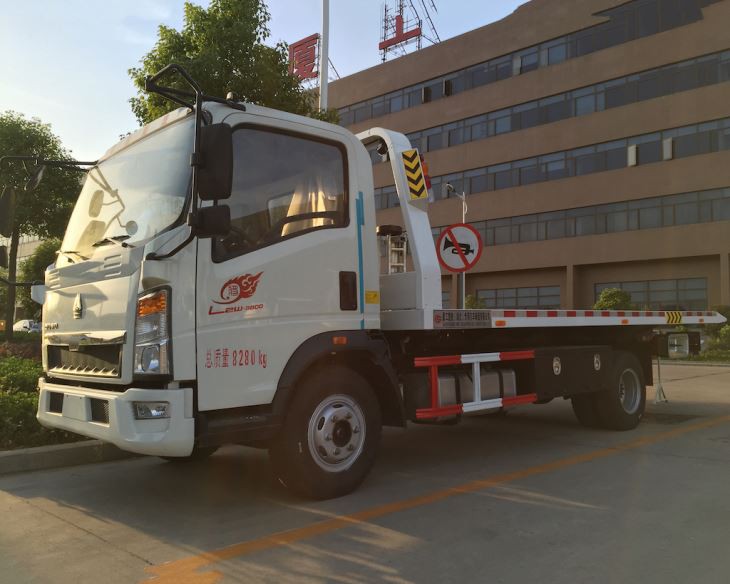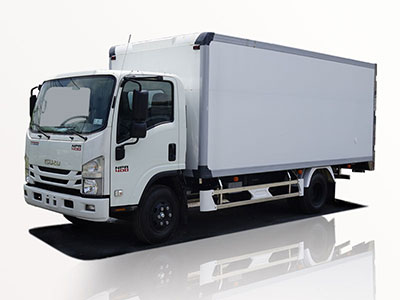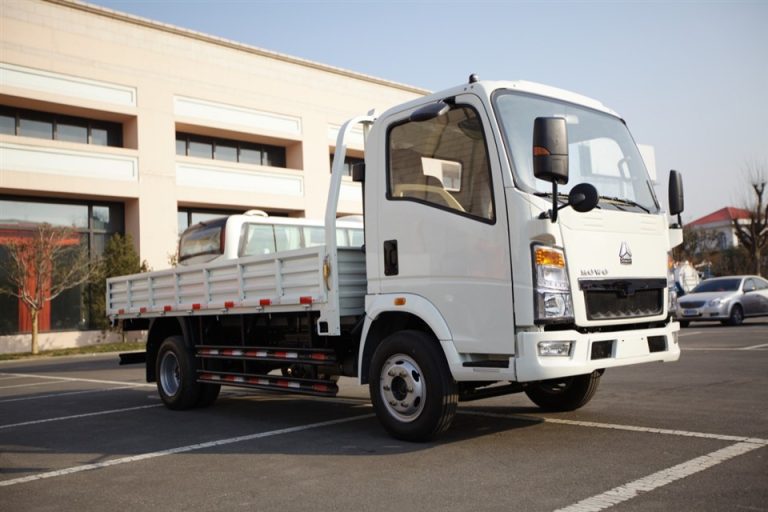Introduction
Waste disposal lorries play a crucial role in maintaining cleanliness in our communities. These vehicles are essential for efficient waste collection and transport, helping to keep our environment clean and sustainable. In this article, we will explore the different types of waste disposal lorries, their functions, the technology behind them, best practices for waste management, and answers to common questions about waste disposal lorries.
What is a Waste Disposal Lorry?
A waste disposal lorry, also known as a garbage truck, refuse lorry, or waste collection vehicle, is specifically designed for the collection, transportation, and disposal of waste. These vehicles are outfitted with various features that enhance their efficiency while ensuring the safety of both the operators and the public.
Types of Waste Disposal Lorries
Waste disposal lorries come in several types, each designed to handle different kinds of waste materials. Here are some common types:
1. Rear-Loading Lorries
Rear-loading lorries have a compaction system at the back, allowing waste to be deposited through a hatch. This design is compact and efficient, commonly used for residential areas.
2. Front-Loading Lorries
Front-loading lorries are equipped with a large container at the front. They are ideal for commercial and industrial waste collection, allowing for quick pickup and unloading.
3. Side-Loading Lorries
Side-loading lorries feature a side compaction system, perfect for narrow streets and urban environments. These lorries often come with automated arms to lift bins.
4. Hybrid and Electric Lorries
With the push for greener alternatives, hybrid and electric waste disposal lorries are becoming more common. They reduce emissions and are quieter, making them suitable for residential areas.
Key Features of Waste Disposal Lorries
Waste disposal lorries are equipped with several key features to maximize efficiency and safety:
- Compaction Systems: Designed to compress waste and maximize space.
- Automated Systems: Many lorries now come with automated arms for easier bin lifting.
- CCTV Cameras: Installed for safety monitoring and avoiding accidents during collection.
- GPS Technology: Helps optimize routes and ensure timely collection.
- Safety Features: Including rear-view cameras, alarms, and reflective markings to enhance visibility.
How Waste Disposal Lorries Operate
Collection Process
The operation of a waste disposal lorry begins with the collection of waste from designated areas. Here’s a step-by-step breakdown:
- Route Planning: Using GPS technology, drivers plan their routes for efficiency.
- Timing: Lorries are scheduled to collect waste at specific times, often during early mornings or late evenings to minimize disruption.
- Waste Collection: The lorry stops at designated collection points, where operators use automated systems or manually lift bins.
- Compaction: Collected waste is compressed within the lorry to maximize space.
- Transport: Once full, the lorry transports waste to landfills, recycling centers, or waste-to-energy plants.
Efficient Waste Management Practices
For effective waste management, it’s essential to implement practices that maximize the efficiency of waste disposal lorries:
1. Segregation of Waste
Encouraging the segregation of waste at source can greatly enhance the efficiency of waste disposal. This practice allows for better sorting and reduces contamination.
2. Regular Maintenance
Regular maintenance checks on waste disposal lorries ensure that they function at their best and reduce the risk of mechanical issues during collection.
3. Staff Training
Training personnel in the operation of waste disposal lorries, as well as best practices in waste segregation and safety protocols, is crucial in enhancing performance and reducing accidents.
Environmental Impact of Waste Disposal Lorries
Waste disposal lorries contribute significantly to environmental efficiency by reducing contaminants and managing waste responsibly. However, their environmental impact varies based on the type of fuel used and the efficiency of their operations.
Reducing Carbon Footprint
Innovations in technology have enabled the creation of low-emission and electric waste disposal lorries. Implementing such vehicles can drastically reduce the carbon footprint associated with waste collection.
Waste-to-Energy Initiatives
Some waste disposal lorries can transport waste to facilities that convert it into energy, thereby reducing the amount of waste sent to landfills and contributing to a circular economy. This not only helps in waste reduction but also generates energy that can be reused.
Choosing the Right Waste Disposal Lorry
When choosing a waste disposal lorry, several factors need to be considered:
1. Type of Waste
Consider the types of waste that will be collected. Different lorries are designed for different types of waste, such as organic, recyclable, or hazardous materials.
2. Collection Environment
The environment in which the lorry will operate plays a critical role. Urban areas may require smaller, more maneuverable lorries, while rural areas might accommodate larger vehicles.
3. Budget
Cost is another important factor. Evaluate the overall cost of operation, including maintenance, fuel consumption, and potential revenue from recycling, to find the best fit for your needs.
FAQs about Waste Disposal Lorries
What materials can waste disposal lorries collect?
Waste disposal lorries can collect various materials, including household waste, recyclables, organic matter, and industrial waste. However, certain hazardous materials require specialized vehicles.
How often should waste disposal lorries operate?
The frequency depends on the volume of waste generated in a specific area. Urban areas often require daily or bi-weekly collections, while rural areas may need less frequent services.
What safety measures are in place for waste disposal lorries?
Waste disposal lorries are equipped with safety features such as alarms, flashing lights, rear-view cameras, and reflective markings to ensure the safety of operators and pedestrians.
Can waste disposal lorries operate in all weather conditions?
While waste disposal lorries can generally operate in various weather conditions, heavy rain, snow, or icy conditions may affect safety and efficiency. Operators may adjust routes and schedules accordingly.
How is waste sorted once collected?
Once collected, waste is typically taken to sorting facilities where it is separated into recyclables, compostable waste, and non-recyclable trash for proper disposal or processing.
Are there regulations governing waste disposal lorries?
Yes, waste disposal lorries must comply with local, state, and federal regulations governing waste collection, environmental protection, and vehicle safety standards.
Conclusion
The importance of waste disposal lorries in maintaining our environmental hygiene cannot be understated. By understanding the types of waste disposal lorries, their operations, and the best practices for waste management, communities can work together towards sustainable waste practices. With the continued advances in technology and environmentally-friendly practices, we can enhance the effectiveness of waste disposal and contribute positively to our planet.



